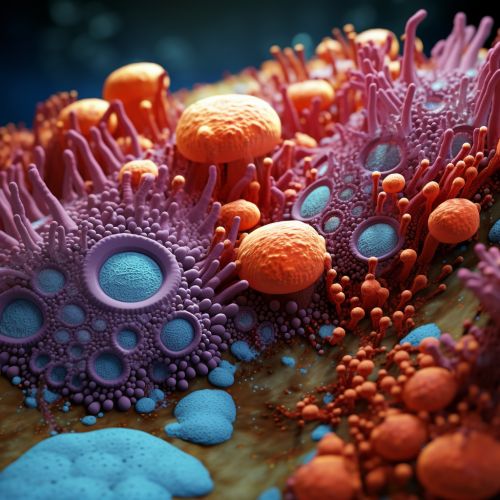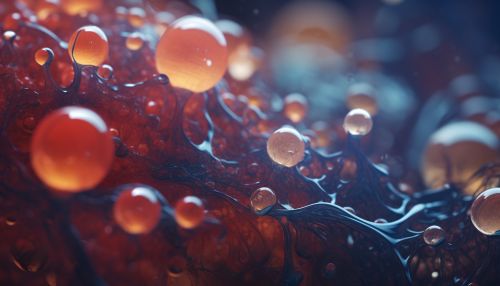Thermococci
Introduction
Thermococci are a genus of archaeal organisms that thrive in extremely high temperatures. They are part of the Thermococcales order, within the Euryarchaeota phylum. These organisms are characterized by their ability to survive and reproduce in environments with temperatures exceeding 80°C, making them some of the most heat-tolerant organisms known to science.


Characteristics
Thermococci are typically anaerobic, meaning they do not require oxygen to survive. They are also hyperthermophiles, organisms that thrive in extremely hot environments. This is a characteristic shared by many members of the Archaea domain, but Thermococci are particularly notable for their ability to survive at temperatures that would be lethal to most other forms of life.
These organisms are generally spherical in shape, although some species may exhibit slight variations in form. They are typically small in size, with individual cells usually measuring less than 2 micrometers in diameter. Despite their small size, Thermococci are capable of rapid reproduction under suitable conditions, which contributes to their ability to colonize extreme environments.
Habitat and Distribution
Thermococci are found in a variety of high-temperature environments around the world. They are particularly common in underwater hydrothermal vents, where they form a significant component of the microbial community. These organisms are also found in hot springs, geysers, and other geothermal features.
In addition to these natural environments, Thermococci have also been identified in man-made settings such as industrial waste treatment facilities and power plants. Their ability to survive in such diverse and often harsh environments is testament to their remarkable adaptability and resilience.
Metabolism
Thermococci are chemolithoautotrophs, meaning they derive energy from inorganic compounds and are capable of synthesizing their own organic compounds from carbon dioxide. This type of metabolism is common among extremophiles, as it allows them to survive in environments where organic nutrients are scarce.
One of the key metabolic pathways in Thermococci is the reduction of sulfur compounds. These organisms are capable of reducing elemental sulfur and various sulfur-containing compounds to hydrogen sulfide, which they then use as an energy source. This process is facilitated by a range of specialized enzymes, many of which are unique to Thermococci and other hyperthermophilic Archaea.
Role in Biotechnology
Due to their unique metabolic capabilities and extreme heat tolerance, Thermococci have potential applications in a range of biotechnological processes. For example, their ability to reduce sulfur compounds could be harnessed for the bioremediation of industrial waste streams. Similarly, their heat-tolerant enzymes could be used in industrial processes that require high temperatures.
Despite these potential applications, the use of Thermococci in biotechnology is still in its early stages. Further research is needed to fully understand their metabolic pathways and to develop methods for their cultivation and manipulation.
